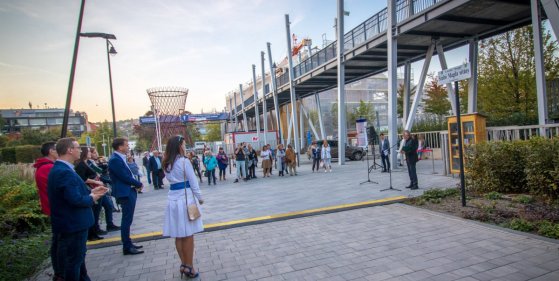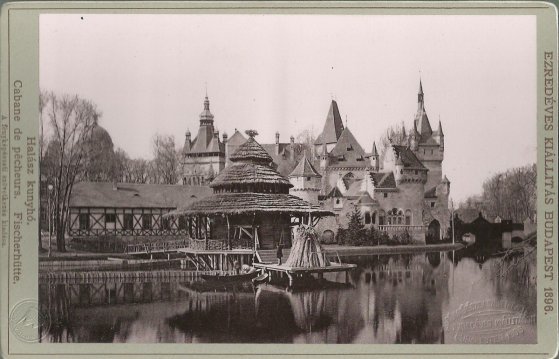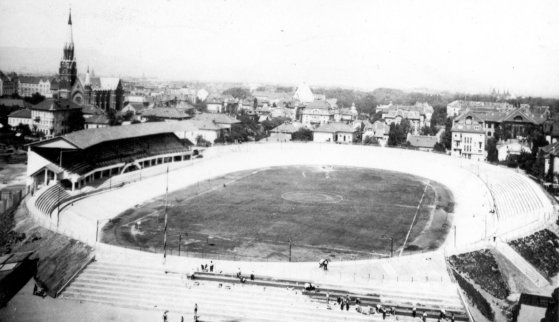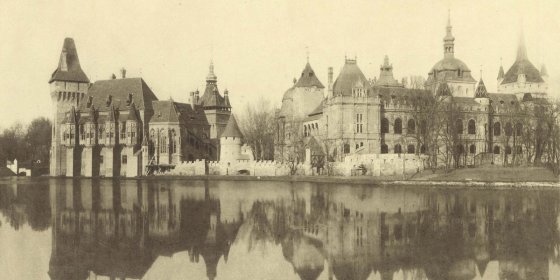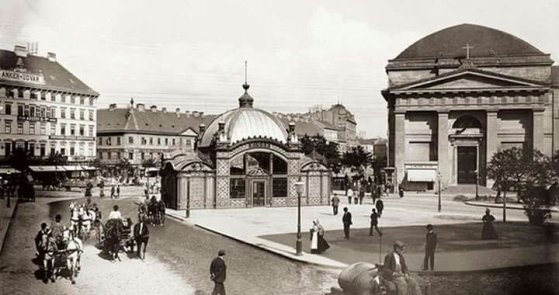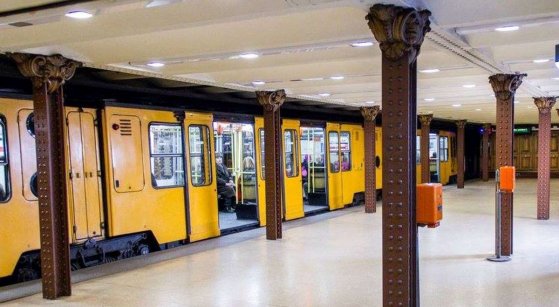 The „intertwined history” of the bridges and the city of Budapest
Which ideas and events have shaped the fate of bridges of Budapest and the cityscape? Alongside many other interesting facts, this question is also answered this newly published book by the Budapest City Archives, which introduces the history of bridges in Budapest.
The „intertwined history” of the bridges and the city of Budapest
Which ideas and events have shaped the fate of bridges of Budapest and the cityscape? Alongside many other interesting facts, this question is also answered this newly published book by the Budapest City Archives, which introduces the history of bridges in Budapest.
millennium
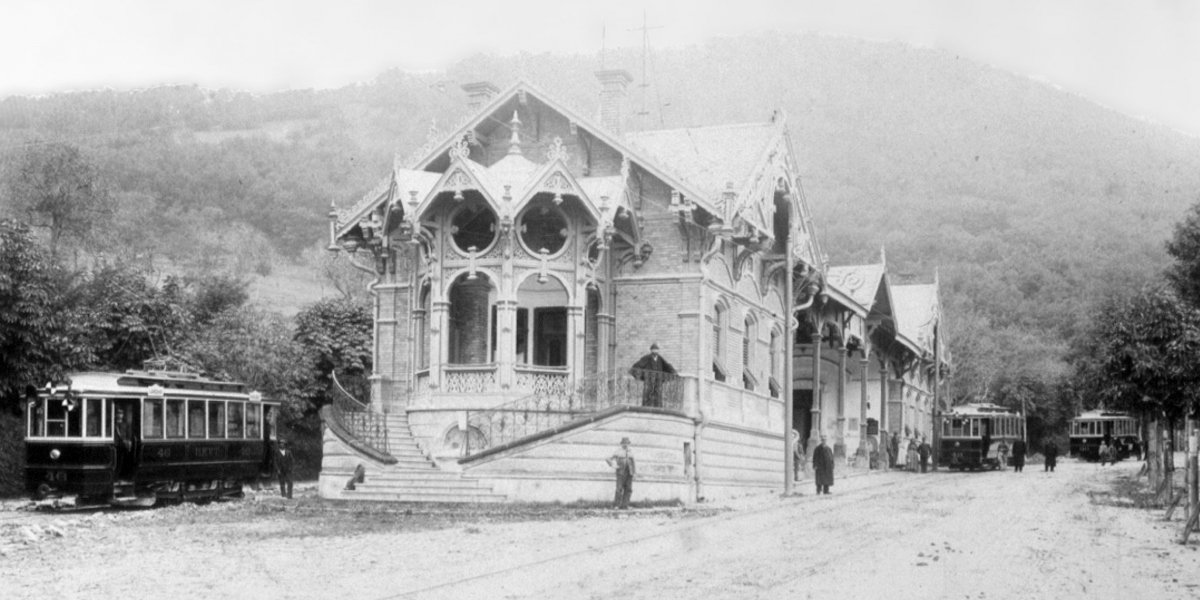 The legendary Zugliget tram line was shut down 45 years ago
The legendary Zugliget tram line was shut down 45 years ago
January 17, 2022 at 2:00 PM
One of the most popular tram lines, the last of which was the iconic tram 58, was discontinued 45 years ago, on 17 January 1977. One of the first tram lines on the Buda side was the one in Zugliget, which started in 1896, the year of the millennium, and although it was replaced by the 58V replacement bus after the 1977 shutdown, then the 158 bus, and today the 291 bus, to this day, many are waiting for the revival of the tram line in the capital.
A promenade was named after Magda Szabó in Buda
October 12, 2021 at 10:30 AM
On the writer's birthday, on 5 October, the street sign of the Szabó Magda promenade was inaugurated in the 2nd district, in the area between Mammut Shopping Center and Széllkapu Park. There is also a bookcase on the promenade that anyone can add to and anyone can read from.
Renowned photographers of the era captured the National Millennium Exhibition in the City Park 125 years ago
July 14, 2021 at 9:30 AM
The National Millennium Exhibition in City Park, opened in 1896, is a unique event to this day. The capital has not hosted such a large-scale exhibition since then, which also presents the history, economy, industry, and ethnography of the nation. Thanks to the photographs taken by the famous photographers of the period, György Klösz and Antal Weinwurm, people can still marvel at the beautiful pavilions built for this event, the ethnographic village, the restaurants and the festive atmosphere.
The first Hungarian international football match was played at the Millenáris in Zugló - The field called the cradle of Hungarian sports is 125 years old
June 30, 2021 at 4:00 PM
Today, when it comes to the Millenáris everyone thinks of the popular Buda park, although the Pest side also has its own Millenáris. The Millenáris in Zugló, which is the first sports field in Budapest, has been operating for 125 years, and many also refer to it as the cradle of Hungarian competitive sports. The tilted winding cycling track, the velodrome, was already one of the most modern tracks of its time when it was built, after its reconstruction in 1927, tens of thousand supporters flooded the grandstand during the world championship organized here. The first public international football match in Hungary was held here.
Celebrating the millennial past of the Hungarian nation
May 1, 2021 at 4:00 PM
The central event of the millennium celebrations of 1896, held on the anniversary of the Hungarian Conquest of the Carpathian Basin, was the National Millennium Exhibition held in City Park. The exhibition, which was open for half a year, offered insight into the past of Hungarians and provided an opportunity to present the results achieved during the extraordinary economic development after the Austro-Hungarian Compromise.
Ornaments for three decades – The entrance halls of the Millenium Underground Railway
March 4, 2021 at 10:00 AM
Continental Europe's first underground railway was opened on 2 May 1896, the first day of the national millennium celebrations, after only nineteen months of construction. The unique vehicle strengthened the character of Budapest as a global city, connected the centre of Pest with City Park. The implementation involved construction not only underground but on the surface: with the exception of the Opera House, an entrance hall was built at the stations. However, these ornate little buildings later fell victim to the “modernisation” of the cityscape.
Once a miracle of the National Millennium it was covered by graffiti a hundred years later
September 14, 2020 at 9:00 AM
Built under only 20 months, the first of its kind on the continent and tried by the King. The Millennium Underground Railway, commonly known as the kisföldalatti "small underground" may be Budapest's most likeable means of public transport. It most recent major renovation was finished 25 years ago.
More articles
 The „intertwined history” of the bridges and the city of Budapest
Which ideas and events have shaped the fate of bridges of Budapest and the cityscape? Alongside many other interesting facts, this question is also answered this newly published book by the Budapest City Archives, which introduces the history of bridges in Budapest.
The „intertwined history” of the bridges and the city of Budapest
Which ideas and events have shaped the fate of bridges of Budapest and the cityscape? Alongside many other interesting facts, this question is also answered this newly published book by the Budapest City Archives, which introduces the history of bridges in Budapest.
 The Bridge Report, which brought a turning point in the history of Budapest
A travel report that changed the history of Pest and Buda, as well as Hungary. The little book contributed to the change of half a thousand years of legal customs and the implementation of an investment of unprecedented size and technical quality. This book was The Bridge Report [Hídjelentés in Hungarian].
The Bridge Report, which brought a turning point in the history of Budapest
A travel report that changed the history of Pest and Buda, as well as Hungary. The little book contributed to the change of half a thousand years of legal customs and the implementation of an investment of unprecedented size and technical quality. This book was The Bridge Report [Hídjelentés in Hungarian].
 Drama on the university wall - The heroic monument was planned 95 years ago
In the constant hustle and bustle of the Egyetem Square in Pest, the students may not even notice the monument that decorates the short section of wall between the church and the central building of ELTE. However, it commemorates their predecessors, the heroes who fought for their country in World War I, and those who heroically helped them. The first design of the dramatically collapsing soldier was born in 1928, ninety-five years ago.
Drama on the university wall - The heroic monument was planned 95 years ago
In the constant hustle and bustle of the Egyetem Square in Pest, the students may not even notice the monument that decorates the short section of wall between the church and the central building of ELTE. However, it commemorates their predecessors, the heroes who fought for their country in World War I, and those who heroically helped them. The first design of the dramatically collapsing soldier was born in 1928, ninety-five years ago.

